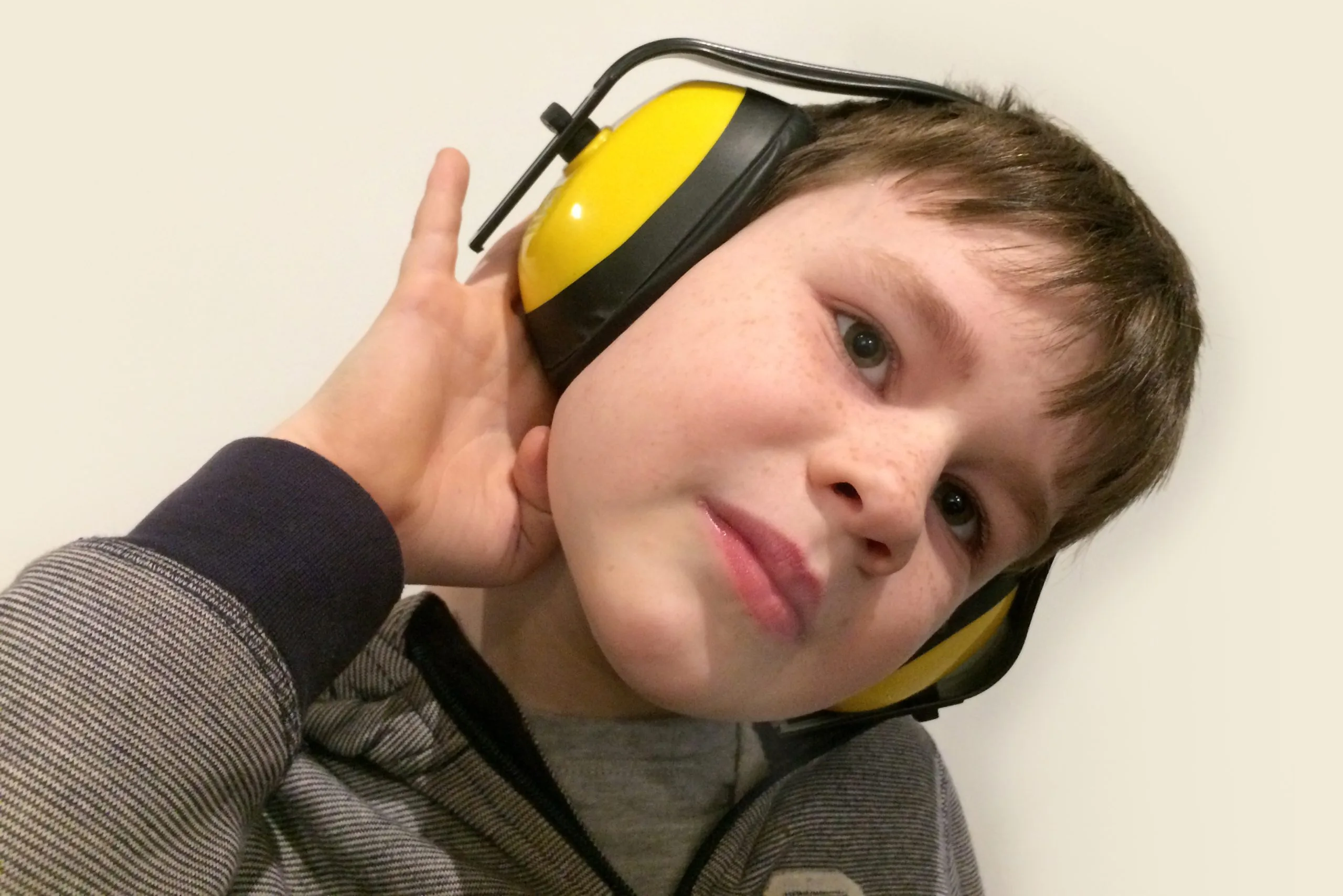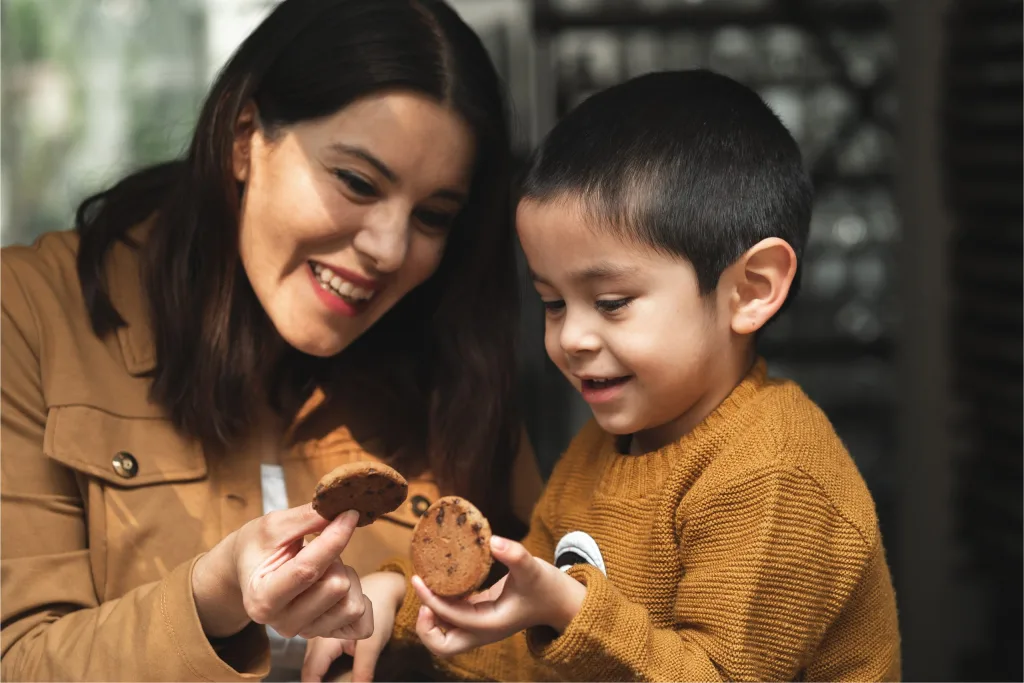If you are the parent, guardian, or caregiver of a child with autism, you are not alone. Autism Spectrum Disorder (ASD) affects as many as 1 in 36 children, an increase from the previous rate of 1 in 44. While raising a child with autism comes with unique challenges, it’s also an opportunity to provide a safe and nurturing environment where they can thrive.
This guide shares practical tips for how to parent a child with autism, ways to create a supportive environment, and insights into how Au Pairs can provide valuable childcare support for families like yours.
Understanding Autism in Children
Autism Spectrum Disorder is a developmental condition that affects communication, behavior, and social interactions. Each child with autism is unique, experiencing symptoms that may range from mild to severe.
Some common characteristics of autism include:
- Reluctance or difficulty in making eye contact
- Sensitivity to sensory stimuli like light, sound, or touch
- Intense focus on specific interests or repetitive behaviors
- Struggles with transitions or disruptions to routines
- Difficulty relating to others’ emotions or perspectives
Because autism varies greatly, there is no one-size-fits-all approach to caring for a child with autism. However, understanding their individual needs and triggers can help you provide effective support.
Tips to Help a Child with Autism Thrive
Caring for a child with autism involves patience, understanding, and strategies that prioritize structure, communication, and support. While each child is unique, the following tips offer guidance on how to parent a child with autism effectively, creating an environment where they can grow and thrive:
Pay attention to your child’s particular sensitivities and triggers
As a caregiver for an autistic child, attuning yourself to the environmental triggers around them is essential. Children with autism often experience sensitivities to sensory stimuli such as:
- Loud noises
- Bright lights
- Certain textures, tastes, or smells
Observing your child’s behavior can help you identify specific triggers. Once you recognize what might overwhelm or distress them, you can:
- Adjust their environment to reduce stressors
- Introduce calming tools, like noise-canceling headphones or sensory-friendly toys
- Proactively address challenging situations before they escalate
Identifying triggers is vital in mastering how to parent a child with autism and allows you to create a supportive and comfortable environment tailored to your child’s unique needs.
2. Stay positive and focus on good behaviors
Positive reinforcement is one of the most effective ways to encourage good behavior and build confidence in children with autism. Some ways to reinforce a child’s good behavior include:
- Offering praise for accomplishments, no matter how small
- Using tangible rewards, like a favorite toy or treat, for completing tasks
- Highlighting their progress instead of focusing on setbacks
This approach helps your child feel valued, supported, and motivated to continue developing positive coping mechanisms.
3. Practice unconditional love and acceptance
Parenting a child with autism means celebrating their individuality and meeting them where they are. Here’s how you can show your unconditional love and acceptance:
- Avoid comparing your child to others or setting unrealistic expectations
- Acknowledge and celebrate their unique strengths and accomplishments
- Use words and actions to express your love, even when communication is challenging
Children with autism often sense the emotions of those around them. Your consistent support and patience create a foundation of trust that helps them thrive emotionally.
4. Never stop learning about ASD
When it comes to autism care, knowledge is power. As research progresses, knowing how to help an autistic child evolves, with new information constantly being uncovered, broadening our parenting practices. The more you learn about Autism Spectrum Disorder (ASD), the more confident you’ll feel in handling challenges and making decisions for your child’s care.
Here are steps to expand your understanding of ASD:
- Read books, articles, and trusted online resources about autism.
- Explore therapeutic options like speech therapy, occupational therapy, or an Individualized Education Plan (IEP).
- Stay informed on the latest research and discuss these findings with your child’s care team.
Use your knowledge to create an autism treatment plan that fits your child’s unique needs. Consider these questions as you develop the plan:
- Does the plan account for my child’s strengths and interests?
- Does it provide enough structure for my child to feel secure?
- Is the plan built around positive reinforcement?
- How will all caregivers (teachers, therapists, Au Pairs, etc.) be involved in implementing the plan?
Remember, you are your child’s greatest advocate. Staying informed and proactive ensures your child has the best possible support to grow and succeed.
5. Create a structured environment
Children with autism thrive in predictable environments where routines provide a sense of safety and stability. A consistent schedule helps reduce anxiety and supports their ability to focus and engage.
To create and maintain structure in their daily life:
- Set consistent times for meals, school, therapy, play, and bedtime. Regularity helps your child feel secure and know what to expect throughout their day.
- Use visual schedules or reminders, such as picture charts or calendars, to outline daily activities. These tools make transitions easier and reinforce expectations.
- Prepare for changes in routine by communicating them in advance. Use simple explanations or visual cues to help your child understand and adjust to what’s coming.
By establishing a structured and predictable environment, you can help your child build confidence and feel more secure, even when faced with new or challenging situations.
6. Consider in-home care for an autistic child
Parenting a child with autism often requires balancing multiple responsibilities. While you want to provide the best possible care, life’s demands—such as work, other children, or personal well-being—can make it difficult to meet every need on your own. In-home care can be a strategic choice in how to help a child with autism, offering valuable support while helping your child maintain routines and receive individualized attention.
For families exploring caregiving options, Au Pairs are one solution to consider. As live-in caregivers, they offer flexibility and the ability to adapt to your family’s unique needs. Au Pair responsibilities can include:
- Support your child’s daily routines, creating a sense of consistency and structure.
- Provide one-on-one care tailored to your child’s specific needs and preferences.
- Enrich your family’s environment by introducing new cultural perspectives and traditions.
When evaluating a caregiver—whether it’s an Au Pair or another option—it’s important to ask questions like:
- Do they have experience working with children who have special needs?
- Are they able to follow structured routines and therapeutic plans?
- How well do their values and personality align with your family’s dynamic?
Caregiving is a team effort, and finding the right person for your family can make a meaningful difference in supporting your child’s growth and well-being. 
7. Make sure all caregivers practice consistency
For children with autism, consistency across caregivers is essential. Whether they are with you, a teacher, therapist, Au Pair, or another caregiver, a unified approach helps reinforce routines and expectations, creating a sense of stability.
To ensure consistency:
- Develop a clear care plan that outlines your child’s routines, triggers, and calming techniques.
- Share the plan with everyone involved in your child’s care and explain its importance.
- Schedule regular check-ins with caregivers to ensure alignment and address any questions or challenges.
Transitions between caregivers can sometimes be difficult for children with autism. By carefully managing how children interact during these transitions, you can smooth the pathway and reduce stress for everyone involved. Maintaining consistent strategies across all environments helps them feel more secure and supported.
8. Dedicate a space for your child to relax and unwind
A calming space designed for your child can offer them a much-needed retreat from sensory overload or the demands of their day. This space should be tailored to your child’s specific sensory preferences and needs.
Tips for creating a relaxation space:
- Choose a quiet area away from bright lights and loud noises.
- Include comforting items like soft pillows, weighted blankets, or sensory-friendly toys.
- Use visual or physical boundaries, such as floor tape or specific furniture, to help your child recognize the area as their own.
Remove any potential hazards, especially if your child is prone to accidents or stimming behaviors.
This designated space gives your child the freedom to self-regulate and recharge in a safe, supportive environment.
Taking Care Of Yourself as a Parent
Caring for a child with autism can be an emotionally and physically demanding journey. It’s easy to become so immersed in the daily responsibilities that you forget to step back and breathe, but remember that your mental and physical health are just as crucial in managing autism. Parenting with consistent self-care practices will not only benefit you and your family members, but also enhance your ability to support your child effectively. While your primary focus is on your child, it’s crucial to care for your own well-being to ensure you’re at your best for them.
Here are ways to prioritize self-care:
- Join Parent Support Groups: Sharing experiences and advice with other parents of children with autism can provide a sense of community and validation.
- Consider Respite Care: Taking occasional breaks by enlisting trusted caregivers, family, or friends can help you recharge and maintain your energy.
- Seek Counseling or Therapy: Speaking with a professional who specializes in circumstances surrounding autistic kids can help you manage stress, process emotions, and build coping strategies.
Outside counsel, whether from parent support groups or other family members is essential for your own well-being. The interpersonal support, communication, and interaction tips you receive from these networks offer comfort and invaluable advice that can significantly shape your child’s future. By taking care of yourself, you create a healthier, more balanced environment for your child and the entire family.
Find a Caregiver for Children with Autism Through Go Au Pair
Every family raising a child with autism has unique needs. If you’re considering in-home care, an Au Pair can provide personalized, live-in support to help meet your child’s needs while enriching your family’s life with cultural exchange.
With over 30 years of experience, Go Au Pair has helped families find skilled and compassionate Au Pairs who are prepared to care for children of all abilities. From creating consistent routines to assisting with daily activities, an Au Pair can become an integral part of your caregiving team.
Take the next step toward finding a caregiver who can provide the support your family needs. Find an Au Pair Today to learn how Go Au Pair can help your family thrive.



